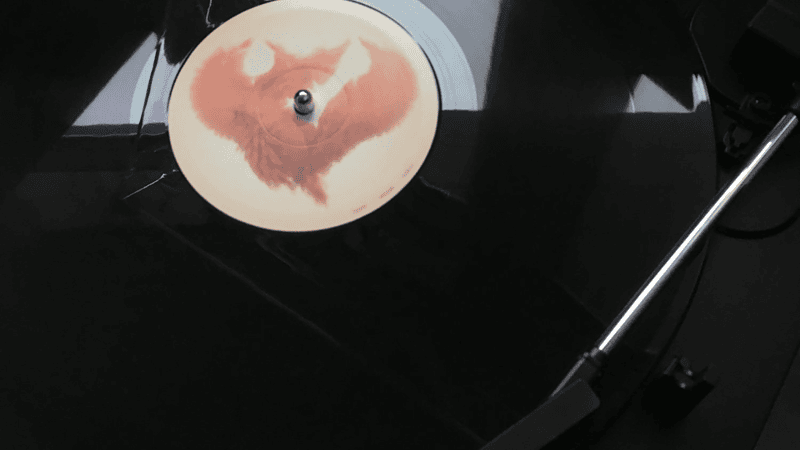
Sacred Spaces: A Sound-Based Meditation Technique
Rediscovering Inner Harmony through Sacred Spaces Meditation - Anandmutri Gurumaa
Reading time: 6 minutes
Surrounded by a cacophony, our daily lives have become dissonant, within and without. The hectic pace of modern living has left most folk without the time or space to connect with themselves.
Sound is a crucial aspect of our lives. Our ears listen to all sorts of sounds – words, music, honking vehicles, chirping birds, gushing rivers and so on. And the mind immediately interprets the heard sound. 'That's a passing train, a whistle of a pressure cooker, a duck quacking.'
Such is the training of our mind that the moment we see or hear anything, it starts a commentary: 'Such a lovely garden. My mother had a similar herbaceous hedge. I need to mend my fence. Next Saturday, perhaps, but I am working on the weekend. I am so bored with my job. Life is such a drag.'
Before you know it, a wild trail of thoughts has dragged you away from the present moment in a split second. And this is true for most things. When was the last time you saw the beauty of a flower without being swept away by your thoughts? Or sat listening to the waves crashing on the shore without getting drowned in your own thoughts?
We have forgotten what it feels like to see, hear, smell, taste or touch without a simultaneous mental monologue. The constant voice in our heads prevents us from perceiving the world as it really is. And the cacophony of thoughts is exponential compared to the sound outside.
Obsessive-compulsive thinking has robbed us of peace. Fretting over the future or ruminating about the past has become second nature to most human beings. People are restless, anxious, depressed and can't sleep well. The consequential deleterious effects are seen on the body in the form of ill health. Thus, both mind and body are diseased due to the frenzied pace of life.
Take time out for yourselves and practice some techniques of meditation. There are many. One such is a method called Sacred Spaces. It is based on an ancient Buddhist practice that involves listening to the serene sounds of sacred musical instruments like Himalayan singing bowls, symphonic cups and gongs.
The sound vibrations resonate in every cell of the body. They create a sacred ambience conducive to thought reduction. And as one moves deeper, one experiences gaps of silence, albeit small.
Sacred Spaces is a sound-based meditation practice. In this, you listen not only to the sounds but also to the interspersed pauses. This requires your total attention. Thus, the mind's tendency of parallel thinking will have to be addressed for proper listening. Otherwise, it will start its commentary and get caught in the web of thoughts. Hence, the practice needs to be preceded by deep breathing.
Where to sit
Given the nature of this practice, ideally, select a quiet place with little (if any) sound disturbance. A clutter-free room is preferable as the sound quality will be enhanced.
Breath preparation
Sit on a mat in a comfortable asana with an erect spine. Place your hands on your knees in a relaxed way. Take deep, long inhalations and exhalations. The breathing should be smooth and gentle such that the breath does not make any audible sound. The deeper the breathing, the quieter the mind will become. It will thus be easier to catch the pause between two breaths. And this, in turn, will help you to catch the pause between two sounds.
Sacred Spaces Meditation Practice
One can start the practice after the mind quietens with preparatory deep breathing.
Listen to the sounds of the various instruments with total attention. A gap follows the trailing end of each sound. Listen to the sound, including how it trails off and try to catch the gap between the sounds.
Listening without judging, analysing, or anticipating the next sound is difficult. It is only possible to hear sound getting subtler when the mind is thoughtless. The wall of thoughts doesn't let us get connected with the sound. Thoughts are entwined with words. Thoughts are never wordless!
We try to capture the present moment using sound as the medium. Total listening to the sound is only possible when you stay entirely in the moment. The gaps between the sounds act as a catalyst in elevating your consciousness. With regular practice, you can experience the dawn of complete silence.
Listen with full awareness and know that the void between the end of the previous sound and the beginning of the next is priceless. Listen to that void with full attention. As the awareness surges, the listening to the sounds begins to get deeper and deeper.
Listen to these sounds as if the entire body has turned into the ear. Savour the flow of the resounding reverberations. When the ears listen, be the witness of the sounds and also to the ears listening to them. Be still. Be detached. Watch the sound transforming into the soundless. From sound to soundless. That is the practice.
My track of Sacred Spaces meditation includes step-by-step instructions that all can easily follow. It is available on www.gurumaa.com, the Amrit Varsha app and Mystica Music.





